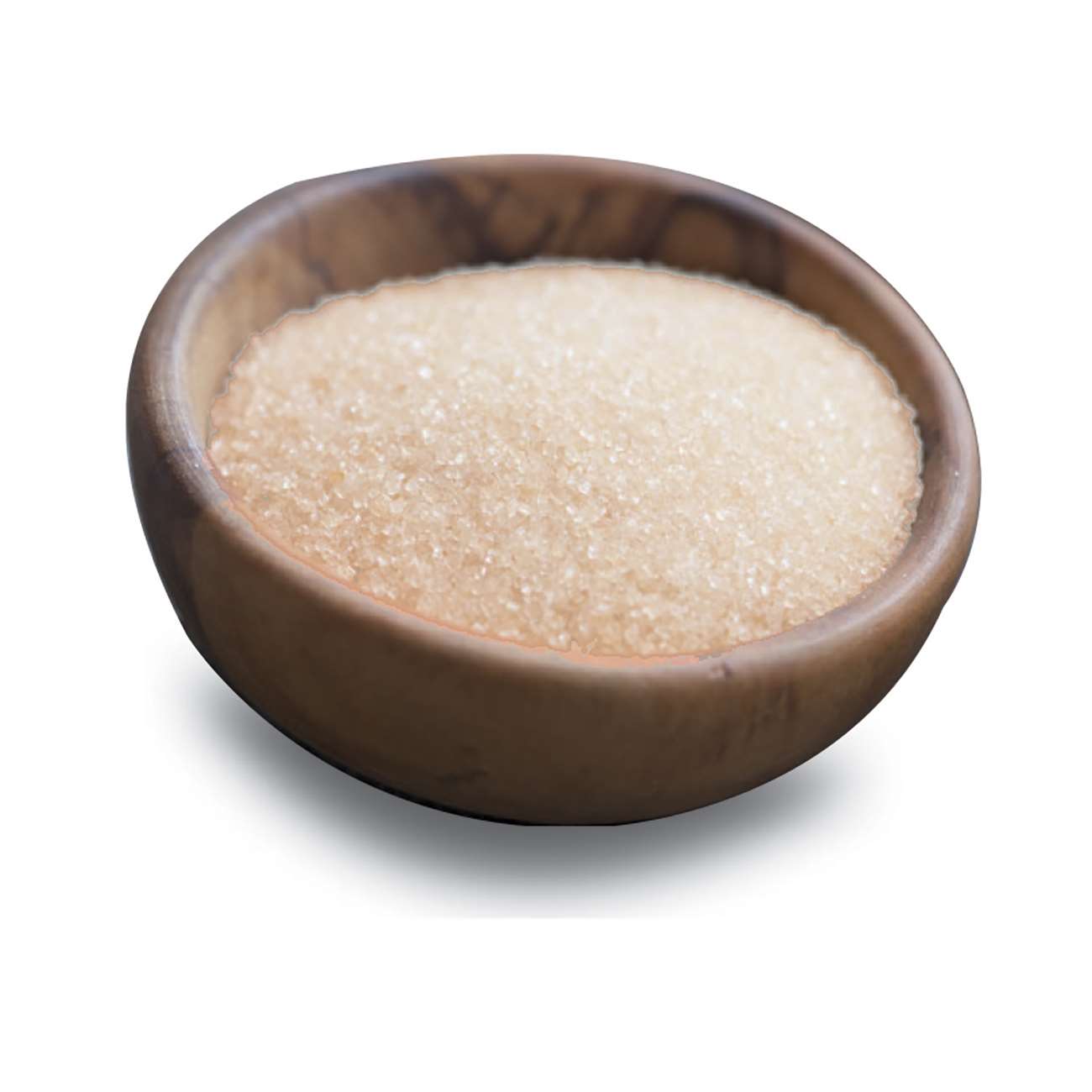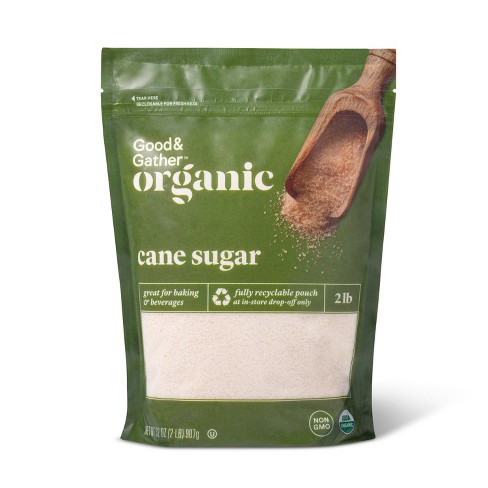Cane Sugar Processing: Conventional Approaches and Modern Innovations
Cane Sugar Processing: Conventional Approaches and Modern Innovations
Blog Article
Checking Out the Comprehensive Steps Involved in Cane Sugar Handling From Harvesting to Refinement
The process of walking cane sugar production includes a collection of intricate steps, beginning with the cautious harvesting of sugarcane and finishing in the refinement stages that make sure the final product fulfills sector standards. Each phase, from the extraction of juice to the purification and formation procedures, plays an essential function in figuring out the high quality and character of the sugar. Recognizing these phases not only highlights the complexity of sugar production but likewise elevates important concerns concerning effectiveness, sustainability, and innovation in the industry. What effects do these variables have for future methods?
Collecting Sugarcane
Collecting sugarcane is a vital step in the cane sugar handling chain, as it directly affects the top quality and yield of the last product. Proper timing and methods are crucial throughout this stage to ensure optimum sugar material and reduce losses. Usually, sugarcane is collected when it gets to maturity, normally 12 to 18 months after growing, characterized by a high sucrose focus.

Post-harvest, the sugarcane should be processed swiftly to avoid sucrose deterioration. Ideally, collected cane ought to be delivered to processing facilities within 24 hours to maintain sugar high quality. Therefore, efficient logistical preparation is critical to preserve the honesty of the collected crop throughout the supply chain.
Extraction Refine

The crushed walking cane goes through a collection of pushing operations to make the most of juice recovery. Commonly, warm water is splashed onto the smashed walking stick, creating a countercurrent flow that aids liquify the sugar while additionally aiding in the extraction process. The juice gathered from this operation has not only sugar however likewise different organic substances and contaminations.

To improve removal efficiency, some facilities might use diffusion approaches, where the sugarcane is taken in warm water, permitting the soluble sugars to diffuse into the fluid. The resulting juice, abundant in sucrose, is after that guided to succeeding handling stages, laying the structure for filtration and improvement. The extraction process is hence essential in identifying the high quality and return of the last sugar item.
Filtration Methods
The purification methods utilized in walking stick sugar processing are necessary for transforming the raw juice right into a premium sugar item. These methods mostly intend to get rid of contaminations, such as dirt, plant products, and inorganic compounds, which can adversely impact the end product's taste and color.
One of the most usual purification techniques is clarification. This procedure includes adding lime and warm to the raw juice, which assists in the coagulation of pollutants. The resulting precipitate is then eliminated through sedimentation or purification, generating a clearer juice. Additionally, the usage of phosphoric acid can boost the information process by more binding pollutants.
One more significant strategy is carbonatation, where carbon dioxide is introduced to the clarified juice. This response produces calcium carbonate, which records remaining contaminations and advertises their removal.
Furthermore, triggered carbon treatment may be related to adsorb any type of staying colorants and organic pollutants, guaranteeing an extra refined helpful site item. The combination of these approaches efficiently prepares the sugar juice for succeeding action in the refining procedure, establishing the stage for the manufacturing of high-quality walking cane sugar.
Crystallization Approaches
After the purification stage, the next critical step in walking cane sugar processing includes formation methods, which play a crucial role in transforming the made clear juice right into solid sugar. This process commonly utilizes 2 key methods: spontaneous condensation and regulated crystallization.
In spontaneous formation, supersaturated sugar solutions are enabled to cool down normally, bring about the formation of sugar crystals gradually. This approach is simpler but may lead to irregular crystal dimensions and lower purity levels. On the various other hand, regulated crystallization is a more specific method where focus, seeding, and temperature level representatives are meticulously managed. This technique enables for the uniform growth of sugar crystals and higher purity.
During crystallization, the cleared up juice is concentrated with evaporation, increasing its sugar content until it reaches supersaturation. As soon as this factor is accomplished, either method can facilitate the formation procedure. Cane Sugar Processing. The resultant sugar crystals are after that divided from the continuing to be syrup with centrifugation
Eventually, the option of crystallization approach affects the quality, size, and pureness of the last sugar product, making this action vital in the total walking stick sugar processing treatment.
Improvement and Packaging
How can the pureness and top quality of walking stick sugar be better improved after condensation? The improvement process plays a crucial function in achieving top quality walking stick sugar.
Next, the sugar undergoes a procedure called centrifugation, where it is rotated at high rates to divide the purified sugar crystals from the staying fluid. After centrifugation, the sugar is typically more improved through a method called carbonization or phosphatation, which uses activated carbon or phosphoric acid to eliminate color and off-flavors.
As soon as improved, the sugar is dried out to achieve the preferred wetness web content, making sure that it remains secure during storage space and transportation. The final step entails product packaging the polished sugar in impermeable and moisture-proof containers to preserve its top quality and stop contamination. Cane Sugar Processing. Appropriate product packaging not just expands shelf life yet also facilitates easy handling and distribution, ensuring that customers obtain sugar that meets the greatest criteria of pureness and high quality
Verdict
The thorough steps associated with cane sugar handling, from the careful harvesting of sugarcane to the complex improvement and packaging stages, highlight the relevance of each phase in guaranteeing top notch sugar manufacturing. Ideal harvesting methods, effective about his extraction techniques, and extensive purification processes collectively contribute to the last item's pureness and stability. The formation and succeeding product packaging methods even more boost the stability and life span of the sugar, highlighting the complexity and accuracy straight from the source intrinsic in this vital agricultural industry.
The procedure of walking stick sugar production incorporates a series of complex actions, starting with the mindful harvesting of sugarcane and culminating in the improvement stages that guarantee the final item satisfies industry criteria. Preferably, gathered walking stick should be transferred to refining facilities within 24 hours to maintain sugar high quality.In spontaneous crystallization, supersaturated sugar remedies are enabled to cool normally, leading to the formation of sugar crystals over time - Cane Sugar Processing. The improvement process plays a vital function in attaining top notch cane sugar.The thorough steps entailed in walking cane sugar processing, from the meticulous harvesting of sugarcane to the complex improvement and packaging stages, emphasize the significance of each stage in guaranteeing high-quality sugar production
Report this page